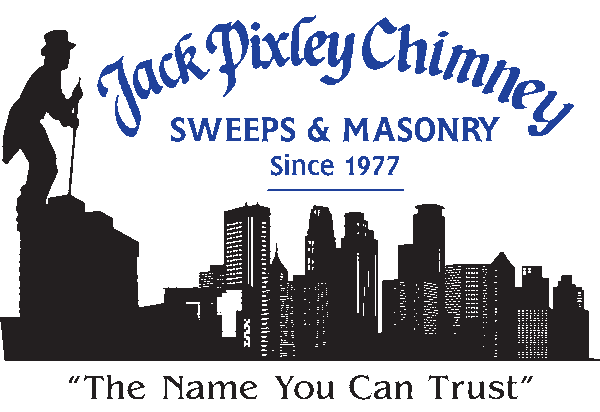During the cold months of winter, homeowners rely on their fireplaces to work day in and day out in order to provide warmth and comfort in their homes. However, few us of truly understand the inner workings of our chimney and fireplace systems; because of this, small damage or performance problems may go unnoticed for months – or years – at a time.
Because few of us spend much time on our roofs or looking up the flue, chimney damage often goes unnoticed until a chimney inspection. A chimney inspection done by a certified chimney professional can assess the state of your fireplace system, identify areas of damage or deterioration, and allow recommendation for repairs to be made.
Levels of chimney inspection
The Chimney Safety Institute of America (CSIA)] and the National Fire Protection Agency (NFPA) created three standard levels of chimney inspections; the type of chimney inspection your home needs will depend on its condition, time since last maintenance, or performance problems it may be experiencing.
- Level 1: Level 1 chimney inspections are standard and all that is needed for most homes. During a Level 1 inspection, the chimney sweep will check the accessible interior and exterior portions of the fireplace and chimney for signs of damage or deterioration.
- Level 2: Level 2 chimney inspections are more in-depth, typically involving the use of technology such as closed-circuit cameras. Level 2 inspections are often recommended in real estate transactions or when the fuel source of a fireplace has been changed.
- Level 3: Level 3 chimney inspections are the most in-depth and only recommended when the structural stability of the chimney is in question, such as after a chimney fire or natural disaster. A portion of the masonry or walls may need to be removed during a Level 3 inspection.
Common issues uncovered in chimney inspections
- Every fireplace system and every chimney inspection are unique; however, there are a number of common issues that are often uncovered during an inspection. The following are three of the most common chimney issues uncovered during inspections.
- Water damage. Chimneys are built to withstand exposure to moisture, but it can still be extremely damaging to a fireplace system. Damaged chimney caps, cracks in the exterior masonry, or damaged flashing are just a few of the many ways water can get into a chimney.
- Cracked chimney crown. Chimney crown damage is extremely difficult to spot without climbing onto the roof or chimney. The flat masonry of the chimney crown bears the brunt of the exposure to the elements; changes in temperature or exposure to moisture can cause the chimney crown to crack over time.
- Damaged chimney liner. The chimney liner protects the surrounding building materials from heat transfer from the fireplace. Liners can become damaged from animal entry, leaks, lack of maintenance, or debris in the chimney.
Preventative maintenance is one of the best ways to extend the life of our fireplaces and chimneys. An annual chimney inspection done by a certified chimney professional can uncover hidden issues that many homeowners might not otherwise notice. For more information on the importance of chimney inspections or to schedule your next chimney appointment, contact Jack Pixley Sweeps today!
